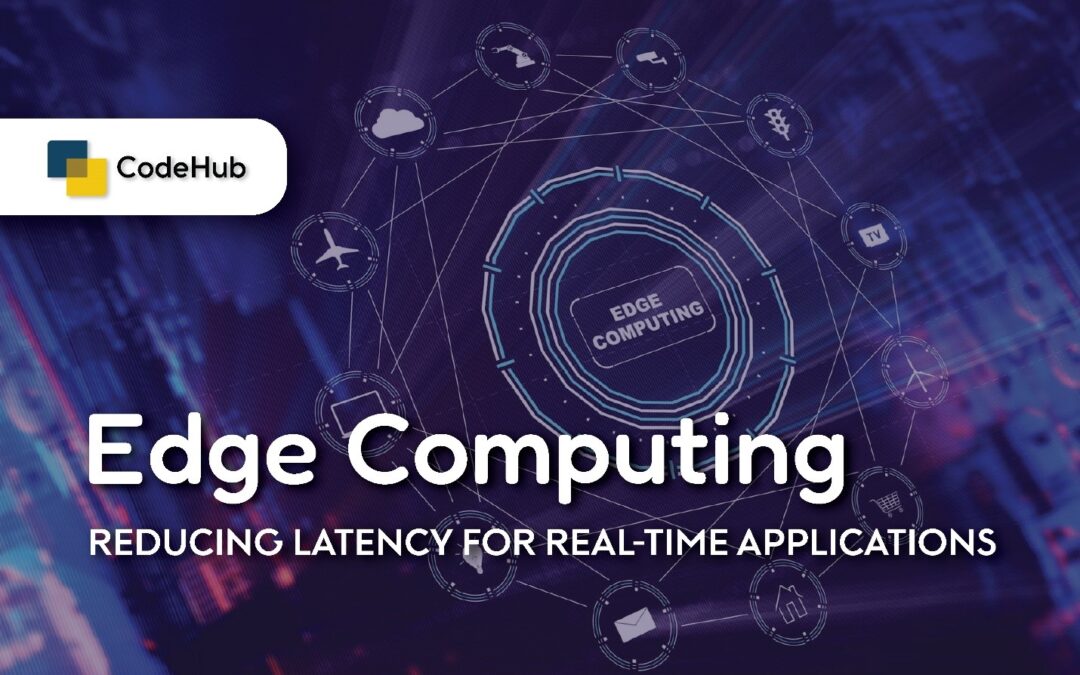Edge computing is redefining the landscape of real-time applications by bringing data processing closer to the source of data generation. Unlike traditional cloud computing, which relies on centralized data centers, edge computing processes data on local devices or nearby edge servers. This approach significantly reduces latency, enhancing the performance and responsiveness of real-time applications.
One of the primary benefits of edge computing is its ability to minimize delays caused by data transmission over long distances. By processing data at the edge of the network, near the data source, applications can achieve near-instantaneous response times. This is crucial for applications requiring immediate feedback, such as autonomous vehicles, industrial automation, and live video streaming.
For instance, in autonomous driving, edge computing enables vehicles to process sensor data in real time, allowing for rapid decision-making and improved safety. Similarly, in industrial settings, edge computing supports real-time monitoring and control of machinery, optimizing operations and preventing downtime.
Furthermore, edge computing enhances data privacy and security by limiting the amount of sensitive data transmitted to central servers. By processing data locally, organizations can reduce the risk of data breaches and comply with stringent privacy regulations.
As edge computing continues to evolve, its ability to deliver low-latency, high-performance solutions will be pivotal in advancing real-time applications and transforming various industries.

